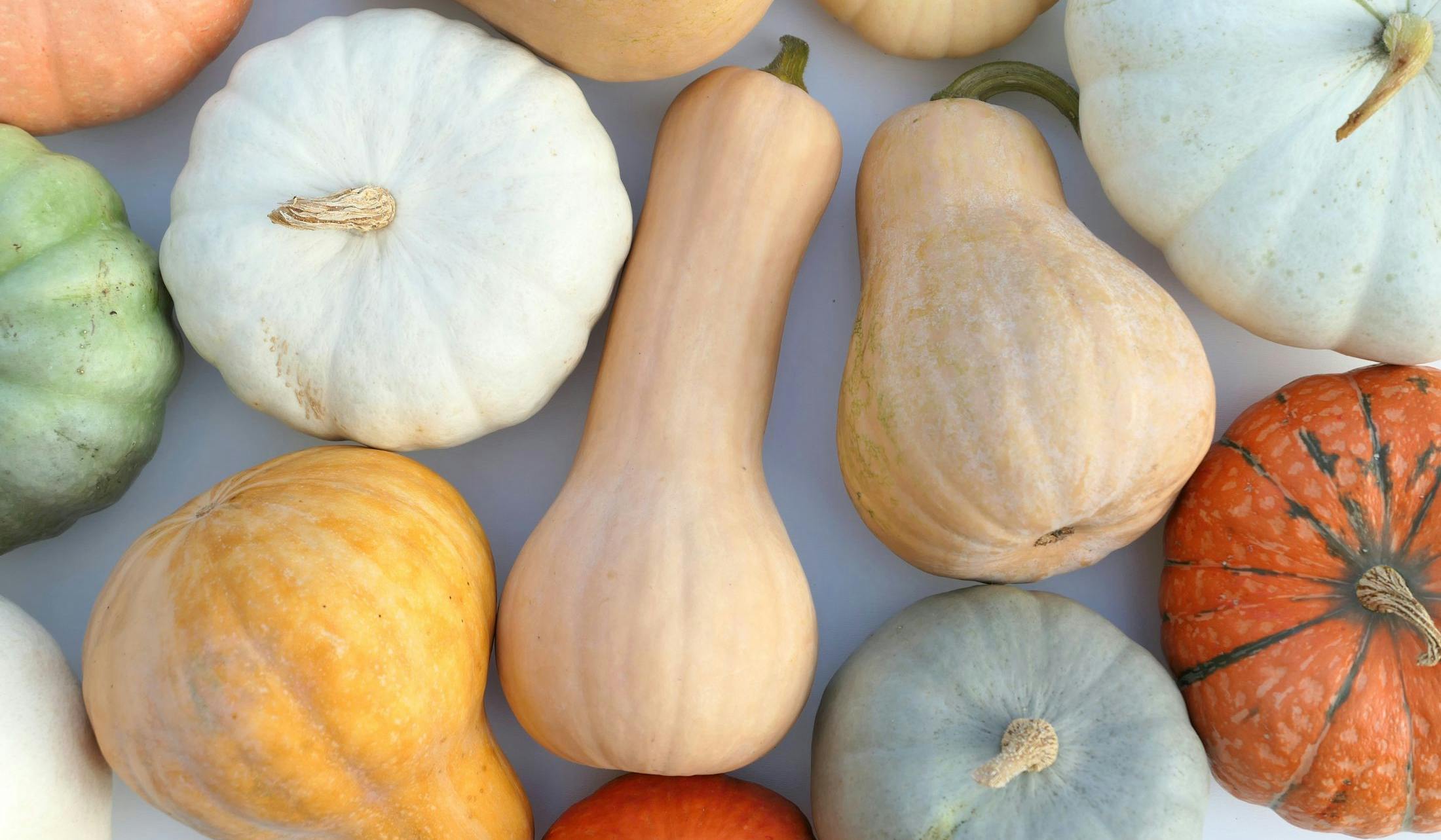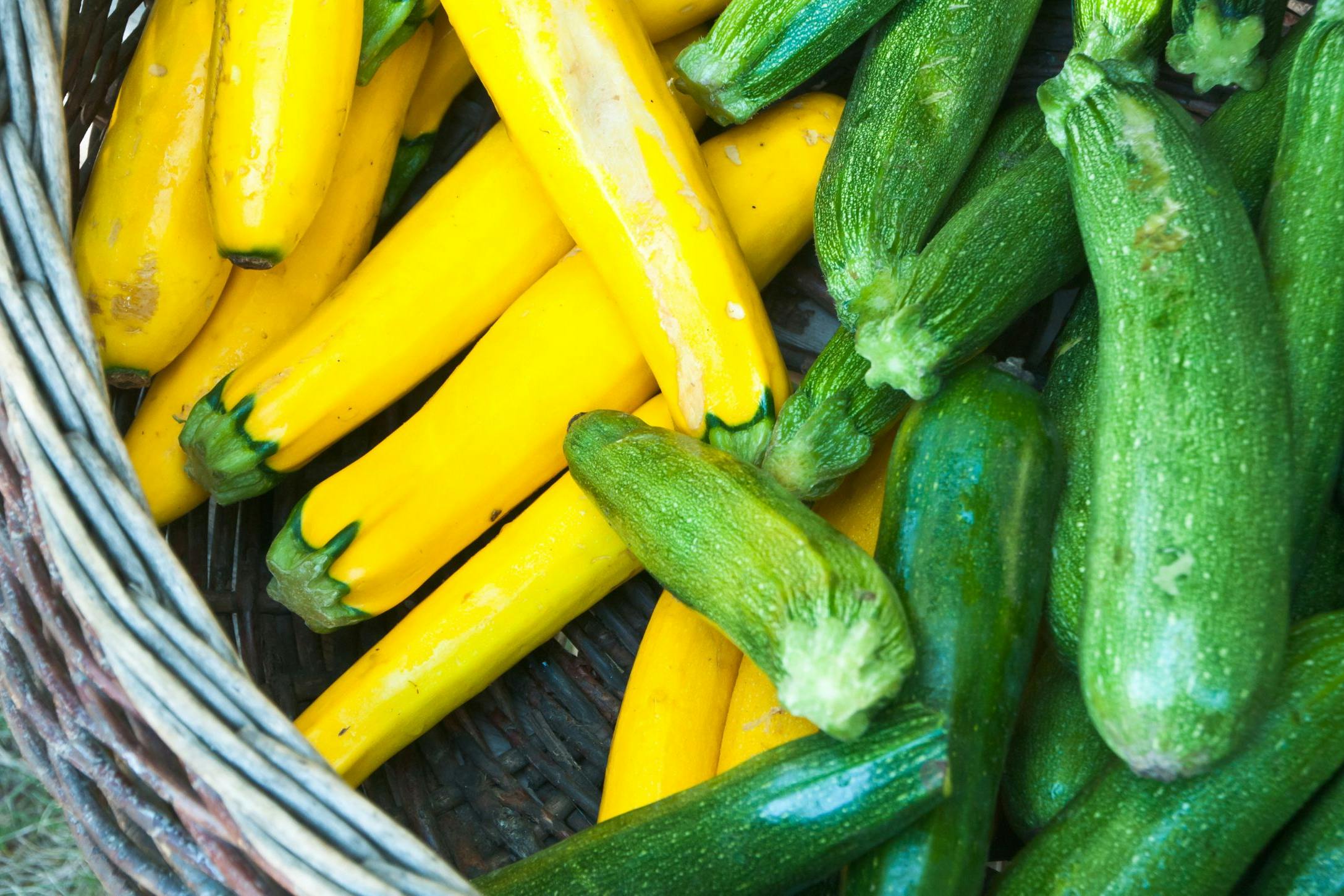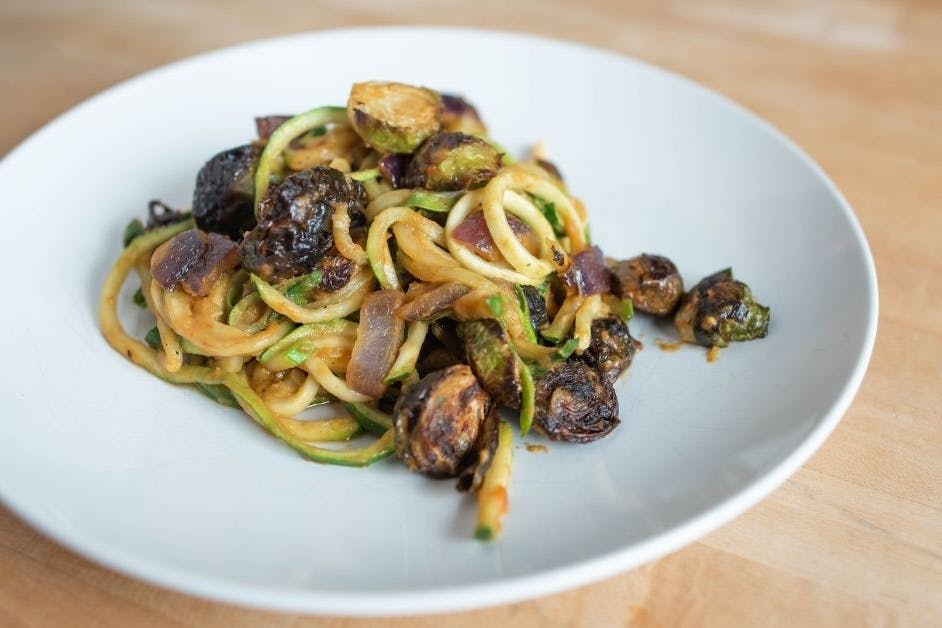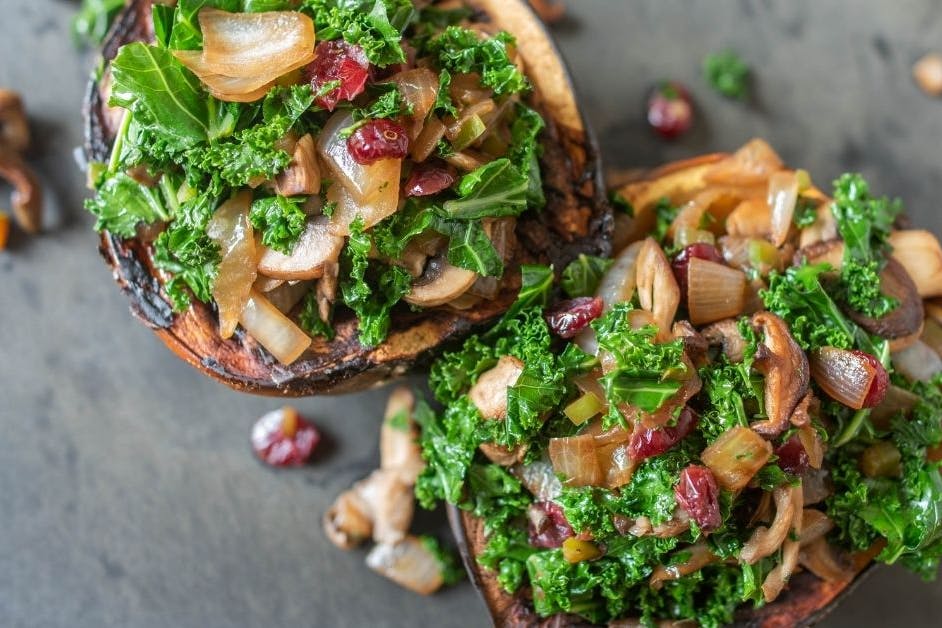How Healthy is Squash?
Squash is more than just a versatile ingredient—it’s a nutrient powerhouse that deserves a spot at your table.

Squash is a nutrient-dense vegetable that supports overall health with its rich supply of vitamins A and C, fiber, and antioxidants like beta-carotene and lutein. Low in calories and high in water content, squash promotes satiety, supports immune function, and helps maintain healthy vision and digestion. Both summer and winter varieties offer a range of benefits, from aiding in blood sugar control to providing anti-inflammatory plant compounds. Squash is a delicious and wholesome addition to a balanced diet whether roasted, spiralized, or blended into soups.
It’s a Boost of Vitamins and Minerals
The vitamins and minerals in squash make it a powerhouse of health. While the levels vary from squash to squash, Cleveland Clinic Health Essentials reports that favorites like a medium zucchini provide:
- 35 mg of vitamin C (39% DV)
- 0.32 mg of vitamin B6. (19% DV)
- 0.184 mg of riboflavin (14% DV)
- 0.35 mg of manganese (15% DV)
- 47 mcg of folate (12% DV)
- 512 mg of potassium (11% DV)
- 0.104 mg of copper (12% DV).
- 0.73 mg of iron (4% DV)
Harvard’s The Nutrition Source highlights the high amount of Vitamin C, Vitamin B6, Magnesium, and Potassium found in winter squash. (Winter squash includes butternut, delicata, spaghetti, kabocha, hubbard, acorn, sweet dumpling, and sugar pumpkins.)

High in Fiber, Squash Promotes Wellness
Beyond keeping you regular, fiber has been seen to boost the immune system. The research study, ‘The gut microbiome: linking dietary fiber to inflammatory diseases,’ published in December 2022 in Medicine in Microecology, evaluated the decrease in fiber with an increase in allergy and autoimmune diseases. Researchers found that:
High-fiber dietary regime has been consistently shown to increase the microbiome alpha diversity and short-chain fatty acids (SCFAs)-producing bacteria in the human gut.
The 2025 cohort study published in the International Journal of Molecular Sciences found that:
…consistently show that a high intake of cereal fiber and whole-grain products is
associated with a decreased risk of type 2 diabetes (T2DM), cancer, and cardiovascular diseases.
Furthermore, research shows that an increase in fiber increases satiety, helping those with a high-fiber diet lose weight and keep it off.
Squash Helps You Fill Up Without the Calories
While relatively low in calories (just 45-90 calories per cup cooked, depending on the type of squash), squash is dense and filling. This is thanks to its fiber and low glycemic index, that helps support balanced blood sugar levels and a sense of fullness. Squash is also a water-rich food, which can help curb overeating.
Squash is Loaded with Plant Compounds That Protect
In the 2023 comprehensive review, ‘Overview of the Potential Beneficial Effects of Carotenoids on Consumer Health and Well-Being’ published in the National Institutes of Health, researchers looked at the impacts of carotenoids. They found that carotenoids — such as lycopene, β-carotene, lutein, and zeaxanthin found in squash — offer antioxidant, anti‑inflammatory, anti‑tumor, anti‑diabetic, and anti‑aging properties.
The benefits of carotenoids have even been linked to protecting eye tissues, thanks to their ability to scavenge free radicals, reduce oxidative stress, and prevent mitochondrial dysfunction. The International Journal of Molecular Scienceputs it blatantly:
Carotenoids, a natural compound, can be used to change the course of aging and aging-related diseases, thanks to their highly effective oxygen-quenching and ROS-scavenging properties.
What’s the Best Way to Eat Squash?
The healthiest way to enjoy squash is through simple cooking methods that retain its nutrients and maximize health benefits. These methods primarily include:
- Roasting
- Steaming
- Sautéing
- Blending
It’s worth noting that to maintain the full health benefits of squash, each of these methods should be employed without added cream or excess fat. Excess fat and cream would counteract the low-calorie, high-fiber benefits.
The flesh of a squash is undeniably the easiest to eat, thanks to its more supple properties. But don’t assume the skin and seeds are off limits. The skin is typically packed with a higher concentration of carotenoids and fiber. The seeds tend to be higher in protein, while also offering a considerable sense of texture.
Summer squash, like zucchini and yellow squash, have thinner and more edible skin. Though still edible, the heartier skin of winter squash can often be too tough to consume, especially when raw or steamed.
How to Enjoy Squash Every Day
We’re proponents of vitamin-rich, low-calorie recipes that are loaded with flavor. Among some of our favorite paleo-vegan dishes are these two zucchini and squash recipes that deliver in spades.

Zoodles with Spicy Bell Pepper Sauce
Replacing traditional pasta with zucchini noodles creates a low-carb, satisfying option that’s both light and flavorful. Adding in a spicy sauce can also help heighten your satiation.

Vegan Stuffed Acorn Squash
This veggie-packed dish puts a nutritious spin on classic fall flavors. It works well as a satisfying main course or a hearty side. While the recipe includes dried cranberries, they can be left out to keep it strictly paleo and vegan-friendly.



